Learnings for teamwork-EN
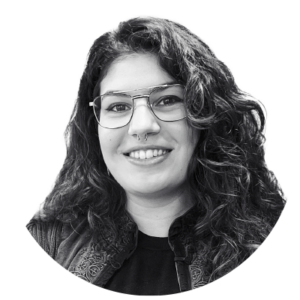
Patricia Parreira
- Business Agility
- Article
Tabla de contenidos
Co-autor Nestor Ramos
A few days before the conclusion of our project, the team that developed it met to do a post mortem, analyzing from the beginning of the project several years ago until the day it concluded. In this session we recalled the changes in the project, the evolution of the team, the events that we have enjoyed and those that have hurt.
We started as a small team and grew to three times the size. At the beginning we moved by intuition, but as time went by we reached a maturity that has made us, in some aspects, a reference for our company in management tools, work methods and facilitation.
With the aim that others can benefit from our experience and apply this knowledge in future projects, we write this article where we share our evolution and learnings.
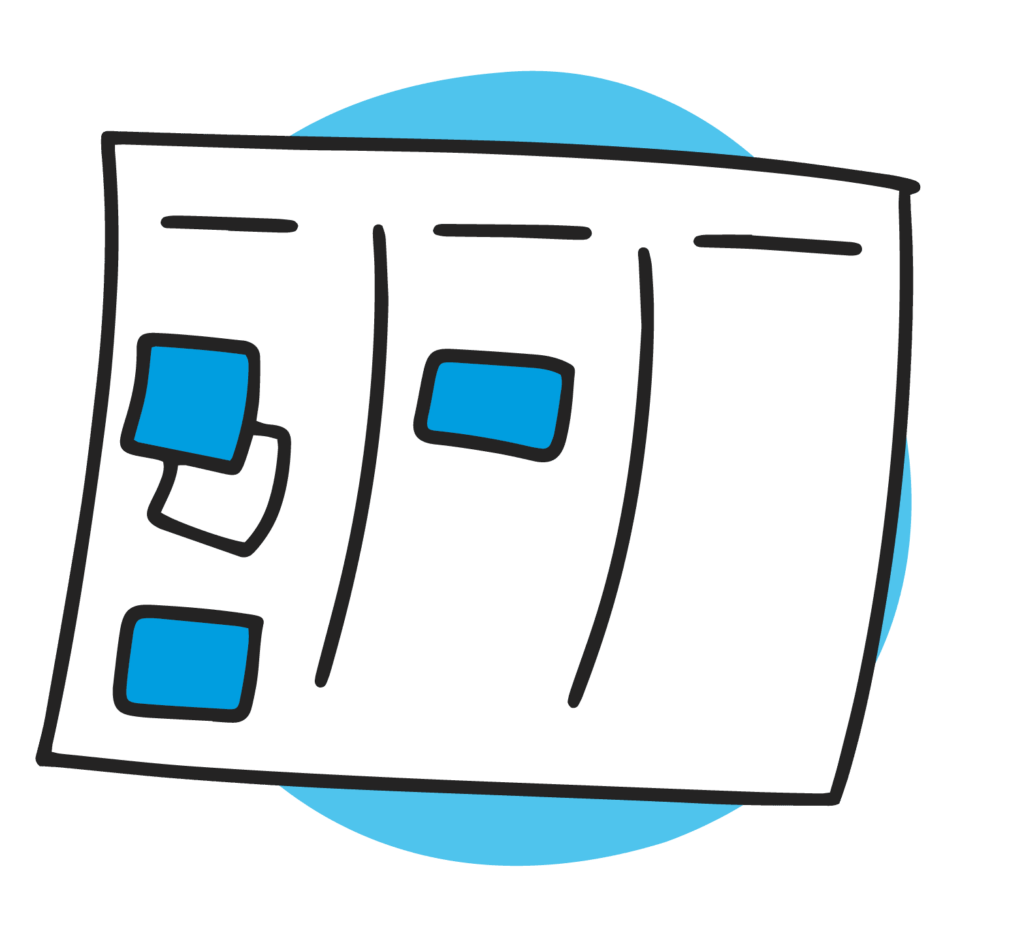
1. A good framework saves lives:
After an initial period of deadlines, constantly shifting priorities, a clear overload of work and unrefined tasks, it became clear that our way of working was not working. So we decided to streamline. We started implementing Kanban and, after a few months, we switched to Scrum because of the virtues of its events. Soon after we iterated and adapted it to our particular needs.
Of course, for this we had to align ourselves with our client, since such a change would not only mean a change in the way we related to him, but also a period of adaptation and learning on our part. For this change in the way of working we aligned ourselves with our client, since it would mean not only a new way of collaborating but also investing time in adapting and learning.
Why go for a true agile framework:
It wasn’t long after implementing Scrum that we started to notice improvements in our workflow. We were better organized on a daily basis, we understood better what was going on and we breathed easier. Getting used to seeing the sprint board daily in Jira made us more confident within the team and how things were going to work out. Moreover, talking in terms of priorities and sprint goals greatly encouraged collaboration, and with the DoD visible we rarely had to revisit an old task, saving time and effort.
Why have a Scrum Master:
By formalizing the role and giving it space for action, we were able to adapt to this new way of working more quickly and efficiently, since there was a person in the team who was constantly watching over agility and who was a reference to consult doubts and learn about good practices. He was the person in charge of evaluating the maturity of the team and facilitating, through internal training and experiments, the adoption of the framework.
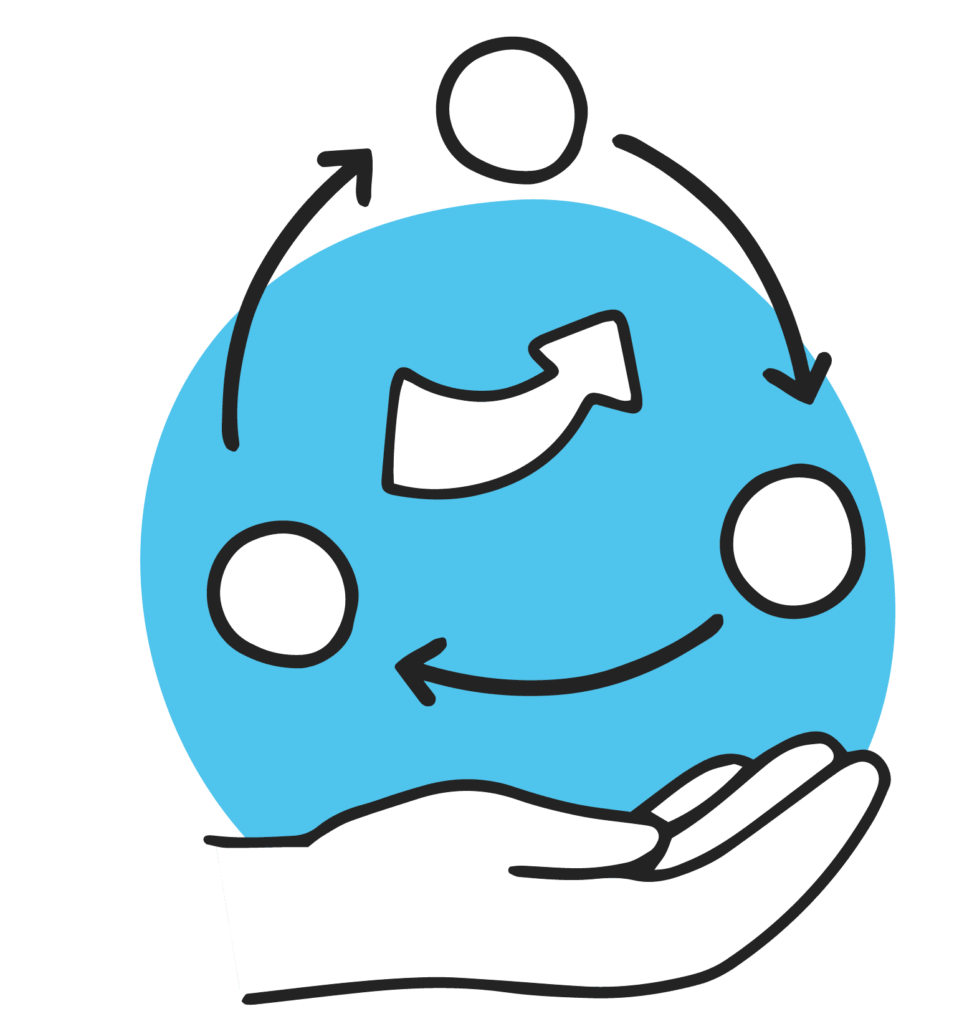
2. To be better you have to improve
Soon after we started Scrum, it became a habit to review how we worked, in all aspects. New ideas and proposals came up every so often, and we created them all as a team. Together we optimized workflows and agreed on the DoD (the definition of “done”). We changed the daily format several times until we managed to adapt it to what we needed. We reviewed the excess of documentation we generated and optimized it, and we even reserved spaces that we called “Continuous Improvement” where each time one of us proposed a topic to teach the rest.
Why (and how) to invest in continuous improvement:
Having retrospectives every two weeks made our pace of improvement grow exponentially. Thanks to these meetings we internalized the search for improvements, and ideas and opportunities began to be part of our daily routine. This space reserved for us also allowed us to get closer as a team and create a climate where everything could be discussed with confidence and where we could also celebrate our successes.
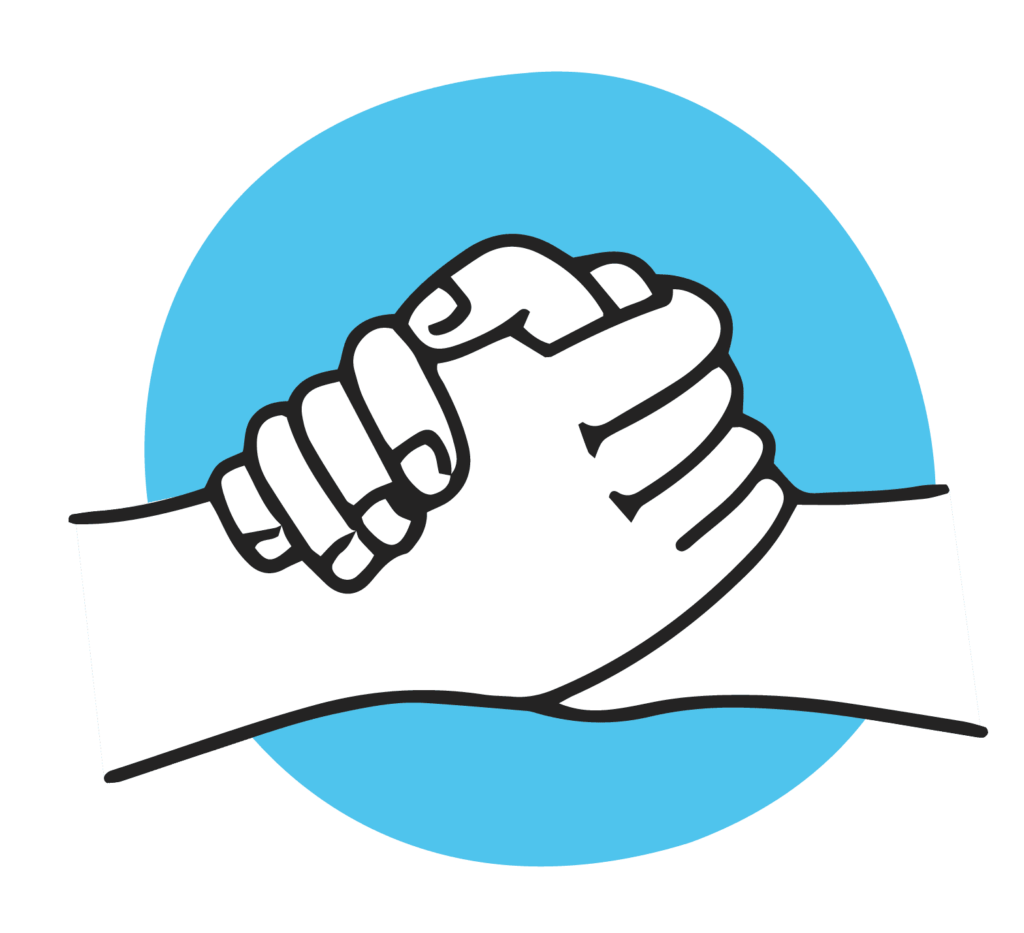
3. In the team, we are all equal
In the past, some decisions had been made without consulting or informing the team. Sometimes those decisions did not work and, in addition, they often generated surprise or discomfort, so we started to make decisions as a team.
In addition, to eliminate silos and foster a sense of belonging, we decided to distribute certain tasks among the whole team and we started to have work sessions to collaboratively do activities that previously only one person had done. To do this, we invested time in training among colleagues so that we all knew how to tackle tasks that did not require a specific profile.
Why break down hierarchies and promote equality in the team:
Getting together to analyze problems makes the solutions provided much more effective and adapted to everyone’s needs, as we pool our knowledge and experience. Being part of the decision-making process makes us feel recognized and valued. And, as a team, we became more autonomous and expert.
Transparency is the key:
For a team to function optimally, it requires information, which enables them not only to make decisions, but to make the right ones. Investing in transparency ranges from things as material as having good tools or information radiators, such as a Kanban board or a group mailing list, to the team dynamics you foster. Avoid thoughts like: “they don’t need to know”, “I don’t need them to know” or “I know and I don’t want to worry anyone else”, don’t be paternalistic with your co-workers.
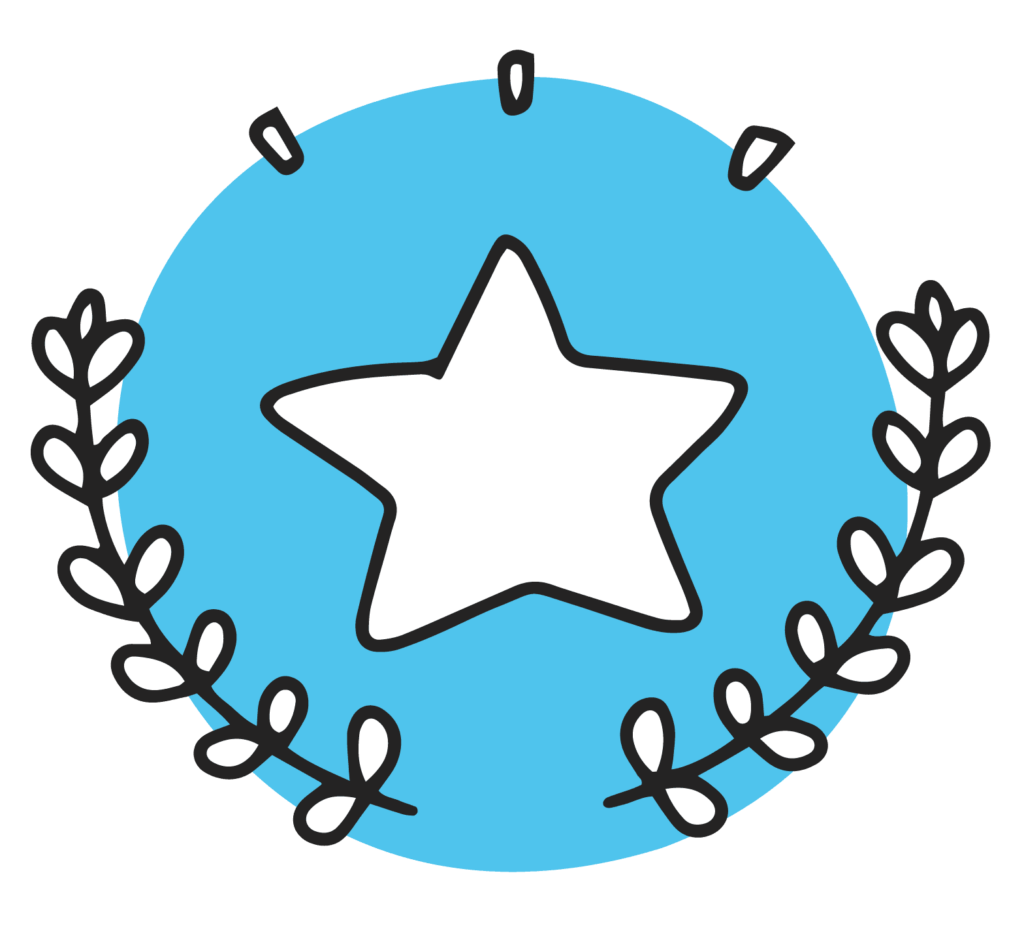
4. It is necessary to invest in graphic design
At the beginning of the project, our deliverables were good enough. We decided we wanted to be more ambitious and create excellent deliverables, so we invested in graphic design. We couldn’t have imagined the wow effect we would cause.
Because design is vital:
Graphic design not only made our deliverables more attractive, but also helped us to conceptualize ideas, improve the user experience and generate a more impactful communication. By relying on design, we provided much more value, and this translated into a better user experience and the client’s full confidence in us.
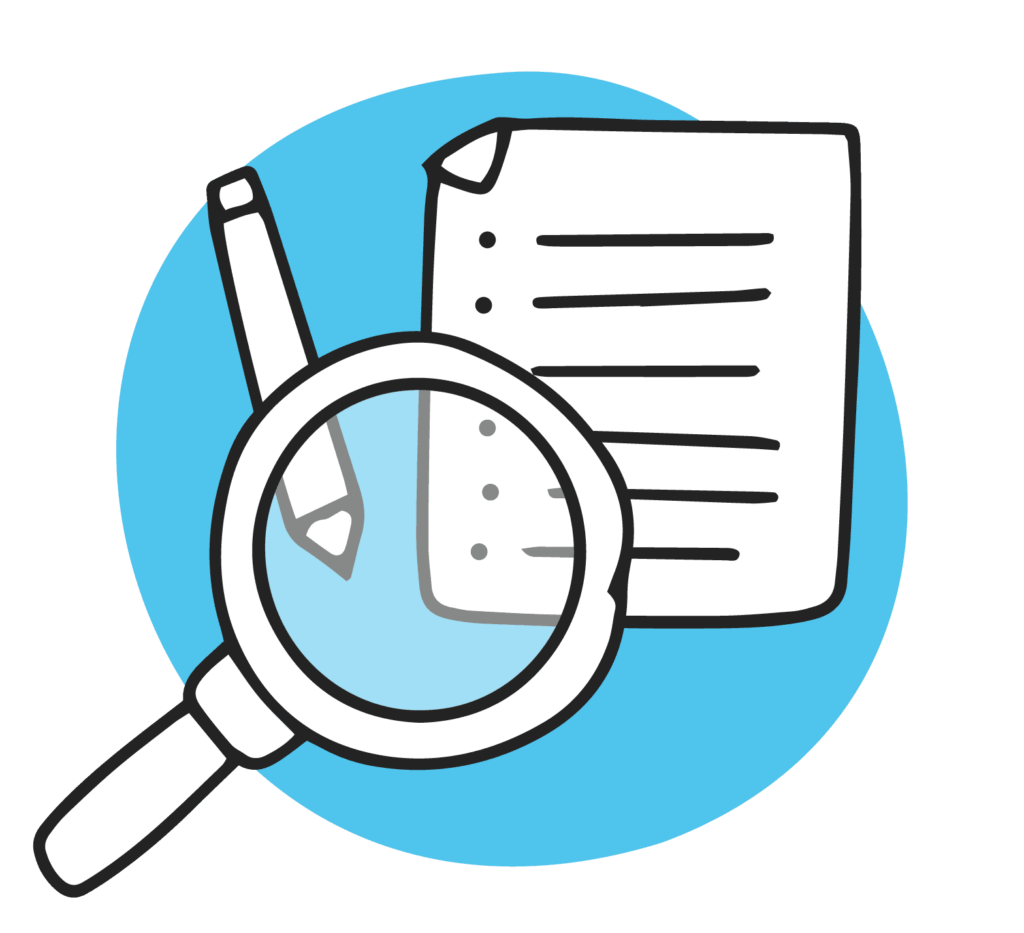
5. Visualize and manage, but with the right tools.
When we started to get interested in understanding and improving our ideation, creation and delivery processes, when we saw the need to record data, agreements or agreements, and when we realized that we needed to manage more carefully the work in progress, we started to investigate and use new tools.
With Jira we could easily manage the roadmap, the backlog and the sprint work, and also make use of all the metrics reports that the tool generates to have data and optimize our processes. For document management we started using Confluence, which we gradually began to populate with more relevant information that would facilitate our work and help us in the onboarding of new colleagues.
Why go for the best tools:
Having the right tools to visualize and manage information brought many improvements and advantages, such as making the people in the team more self-organized, autonomous and collaborative, or making it much easier to define and meet our own quality standards. In addition, the values of transparency and shared responsibility were fostered in us, as we had to keep all this information alive and up to date.
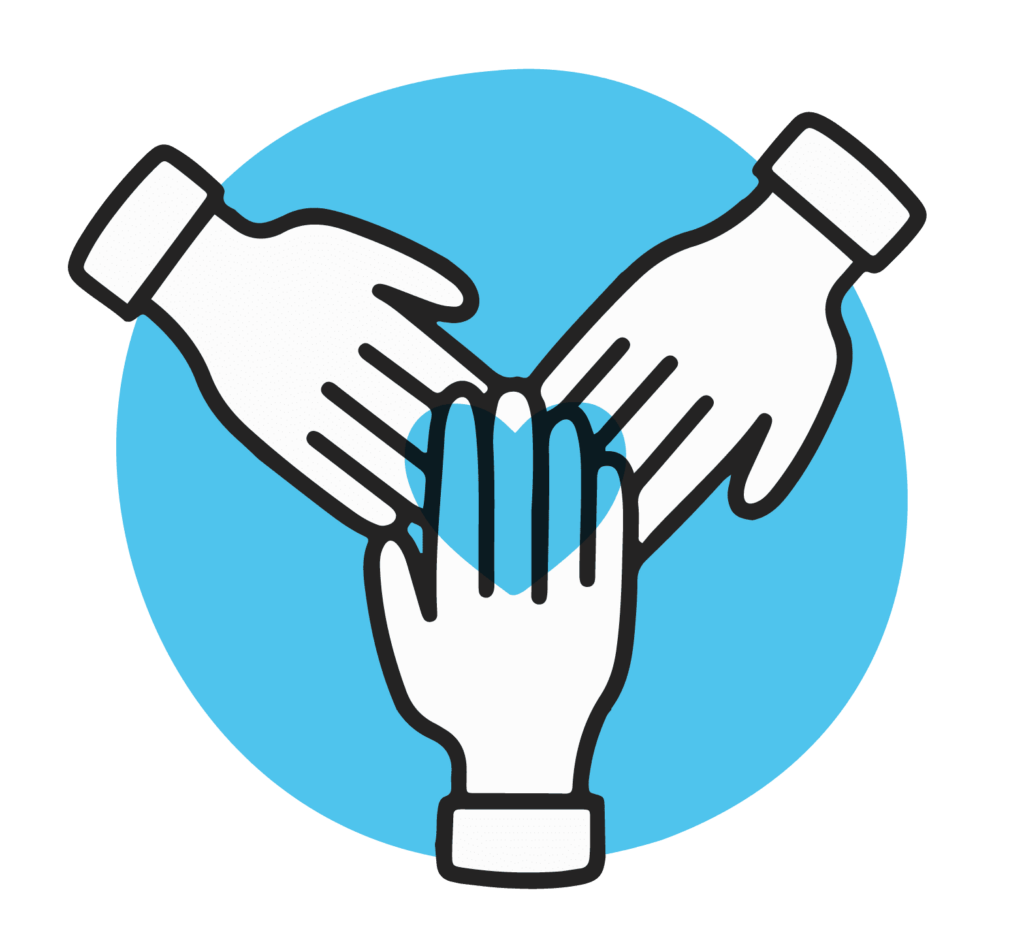
6. A good team is the basis of a great project.
During all this time we have been understanding the importance of taking care of the system, but also of the people who compose it individually. That we should not only focus on creating a cordial and relaxed atmosphere, but also on creating dynamics of recognition, support and respect. We are talking about going beyond making team agreements. We are talking about fostering a space where we feel comfortable, where we can joke and where we can share feelings, concerns and anecdotes of our lives without fear. This is achieved with continuous dedication and attention and not with punctual actions. Team building is not an event or a meeting.
In our team, we are aware of how our colleagues feel and we call them to support them when there are problems or when they are not doing well. We congratulate each other on successes and scold each other when someone says or does something outrageous. We write down each other’s birthdays and call to congratulate each other. From time to time, because we want to, we meet for lunch, to have a drink, to go to an escape room or to a karaoke. Every day, when the day starts, we ask each other how we are doing and we listen to each other. We even have a specific channel in our Teams to post, literally, jokes to brighten up our day. And this atmosphere gives us life.
Because building a healthy team is the most important thing:
The benefits of team members being comfortable and building bonds is key to unlocking the team’s potential. By having trust, there is no fear of asking for or offering help, of giving opinions, of proposing ideas or taking responsibility, of facing conflicts in a healthy and constructive way, of not judging.
The customer as part of the team:
When you work with a client, it is very normal to talk about both roles (suppliers and clients). This relationship is a real fact with a very important weight in the dynamics of the project, don’t ignore it, but don’t strengthen it either. The project will always benefit from the fact that the team includes the vision, knowledge and capabilities of your customers. Have them very present not only in your work framework, but also in your day to day, foster with them that culture of transparency, trust and human relations. From our own experience we can tell you, after years of collaborating side by side, that this dynamic was one of the greatest strengths of our project: it allowed us to overcome challenges, to pivot quickly, to anticipate problems, etc.
Conclusions
What we really want to transmit, the most relevant learnings that we have taken away and that have made us much better, are these. We hope they will serve as inspiration.
- Take care of the culture of your team, people work in it and they are the key to success.
- Look for frequent spaces for inspection and adaptation and you will have continuous improvement.
- Trust in agility, not only in its frameworks and methods, but above all in its values.
- Promote transparency: consult and inform your team.
- Working as a team is beneficial in every way.
- Having the right tools has a big impact: review how and what you work with.
- Cultivate a fluid, collaborative and trusting relationship with the client.
Sobre el autor
